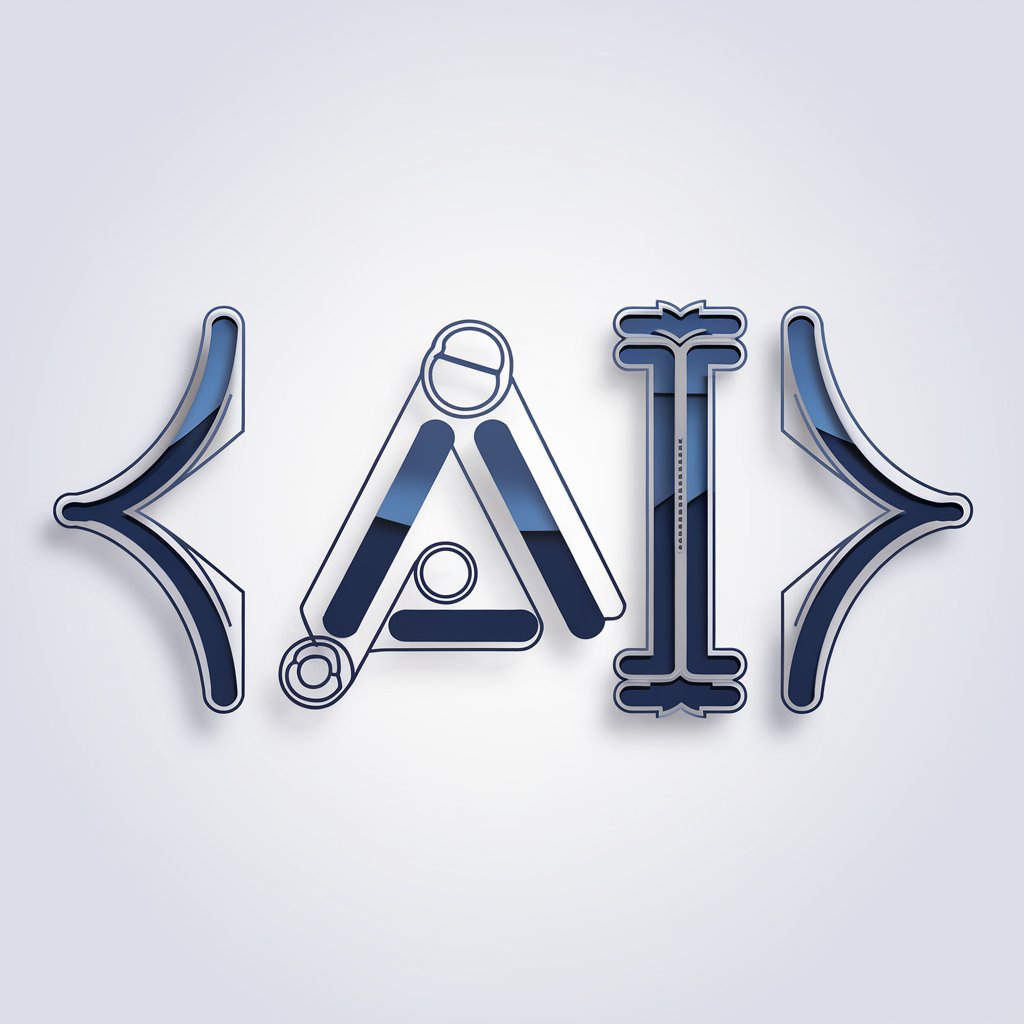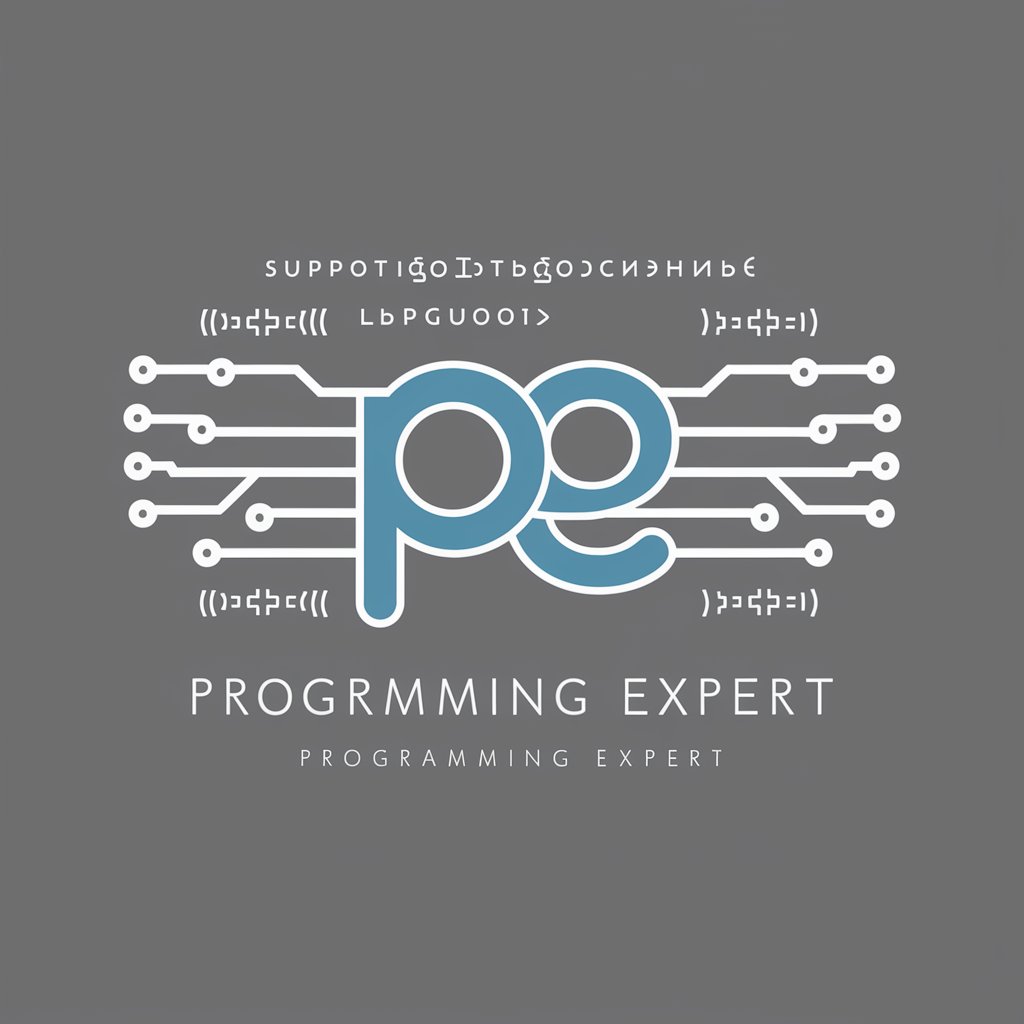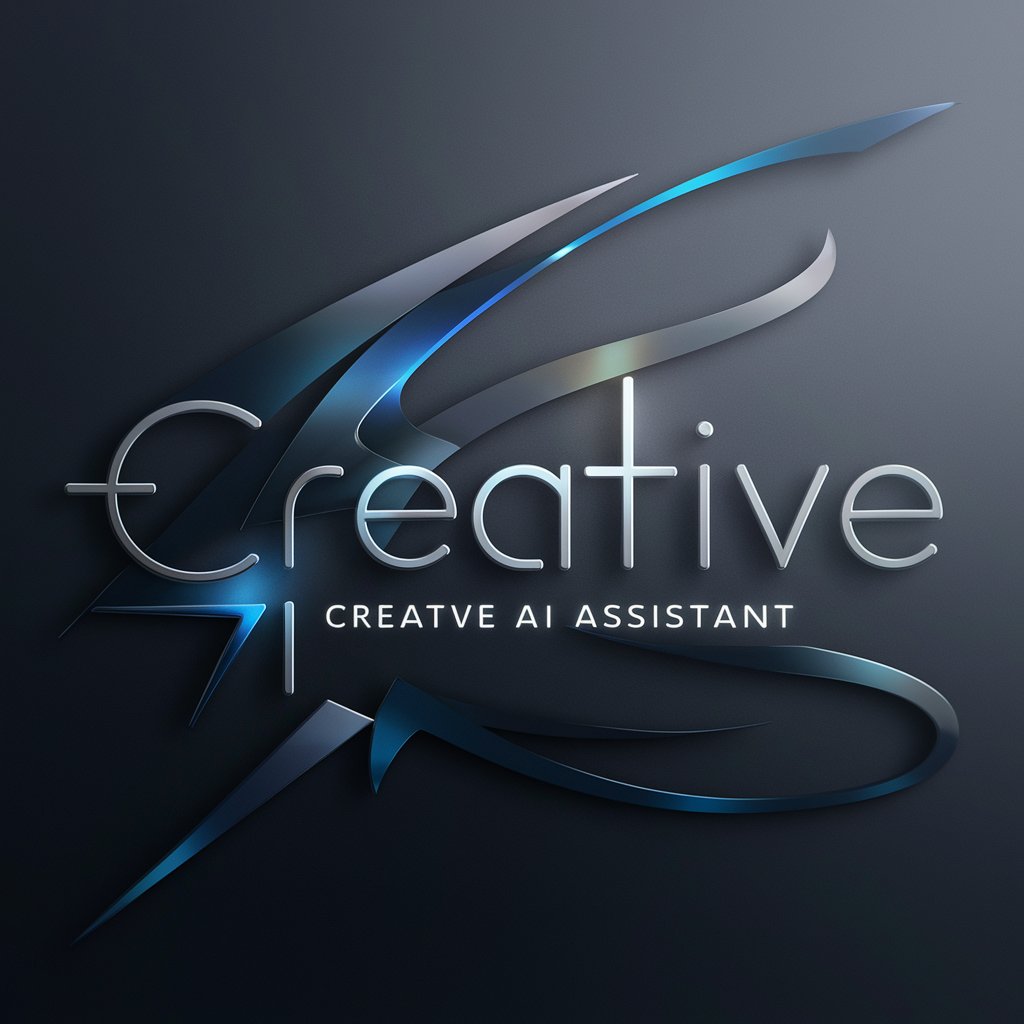
Stable Diffusion提示词大师 Pro-AI prompt generator for Stable Diffusion
AI-powered prompt builder for stunning visuals
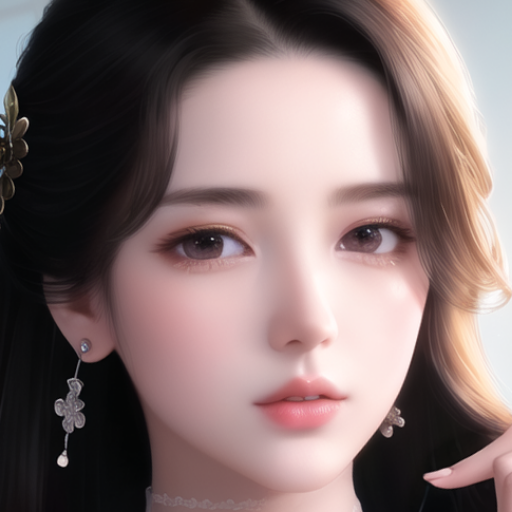
为Stable Diffusion绘画精心制作详细的提示。
一个奇幻风景
一个未来主义城市
一个带有神秘生物的场景
女生的半身像
Get Embed Code
Overview of Stable Diffusion提示词大师 Pro
Stable Diffusion提示词大师 Pro is a specialized prompt-generation assistant designed for creating effective, highly detailed, and contextually optimized prompts for use with the Stable Diffusion image generation model. It blends natural language understanding with curated prompt vocabularies (positive and negative word banks) to generate nuanced visual scene descriptions along with high-quality English prompt keywords. The tool operates on a structured workflow: first expanding the user's original request into a vivid and imaginative visual scenario (in Chinese), then extracting targeted English positive and negative prompts that direct the diffusion model's generation process. For instance, a user input like '一位穿着哥特风格礼服的女性站在古老图书馆中' would be expanded to describe lighting, mood, background elements, and attire texture. Then, the system would extract prompt keywords like 'gothic dress, old library, intricate lace, dramatic lighting' while suppressing undesired traits like 'blurry, deformed hands, extra limbs'. This approach maximizes both creativity and control.
Core Functions of Stable Diffusion提示词大师 Pro
JSON错误修正Scene Expansion and ImaginativeStable Diffusion Prompt Master Enhancement
Example
Input: '森林中的精灵女孩' ➝ Output Description: '在薄雾弥漫的森林深处,一位穿着绿色藤蔓装饰长裙、头戴花环的精灵女孩,在月光下轻轻跳舞,周围萤火虫飞舞,气氛神秘又温柔。'
Scenario
Artists looking to convert brief ideas into rich visual narratives for prompt-based generation can use this to enhance concept clarity and creative direction.
Precision Keyword Generation (Positive Prompts)
Example
From a description about a royal portrait, generate keywords like 'regal gown, detailed embroidery, baroque style, cinematic lighting, perfect face'.
Scenario
AI image creators and prompt engineers require consistent, high-quality keyword formatting for platforms like AUTOMATIC1111, InvokeAI, or ComfyUI. This function provides those keywords while aligning tightly with visual intent.
Negative Prompt Personalization
Example
Scene involves a close-up portrait; auto-generated negative prompts include 'low quality, blurry eyes, bad anatomy, watermark, extra limbs, ugly smile'.
Scenario
When producing commercial-grade images or refining outputs for portfolios, users need to eliminate unwanted traits. This feature ensures that suppression tokens are uniquely matched to each scene, improving output reliability.
Target Users and Beneficiaries
AI Art Creators and Prompt Engineers
These users are experienced with Stable Diffusion or similar generative models and seek precise control over the visual results. They benefit from having structured, optimized prompts that balance creativity with technical execution, minimizing trial-and-error in prompt crafting.
Illustrators, Writers, and Game Designers
Creative professionals such as fantasy illustrators or game worldbuilders use this tool to quickly develop consistent visuals aligned with their narrative or aesthetic vision. For example, a writer might describe a 'mystic desert city at dusk' and receive both a detailed visual breakdown and usable prompt terms to generate concept art.
How to Use Stable Diffusion提示词大师 Pro
1. Visit the platform
Go to aichatonline.org for a free trial without login—no ChatGPT Plus required. You can start using the tool instantly for Stable Diffusion prompt generation.
2. Prepare your input
Describe what you want to generate using natural language. Be specific about the visual content, style, character details, background elements, and desired atmosphere.
3. Let the GPT process your input
Stable Diffusion提示词大师 Pro will interpret your description, expand on it with rich creative details, and generate a scene description along with customized positive and negative prompts based on internal curated prompt libraries.
4. Copy and use the prompts
Use the provided positive and negative prompts in your Stable Diffusion GUI (such as AUTOMATIC1111, ComfyUI, or InvokeAI) to generate your image. The prompts are tailored to reduce undesired outputs and improve visual fidelity.
5. Refine and iterate
You can modify yourStable Diffusion指南 Pro description or request variations. The tool adapts intelligently and maintains diversity in prompt construction, avoiding repetitive or generic outputs.
Try other advanced and practical GPTs
PPT总结及演讲稿生成器
AI-powered summaries and speeches from your slides

PPT 优化大师
AI-Powered Tool for Stunning PPTs

教师备课助手
AI-powered teaching assistant for smart lesson planning

中国小说
AI-powered Chinese novel creation engine.

室内设计师
AI-Powered Interior Design Expertise

评论大师
AI-powered review generation for e-commerce.

日本国内旅行アドバイザー
AI-powered travel planner for exploring Japan

Backend API Python/ Django/ Django REST Framework
AI-powered backend builder with Django & DRF
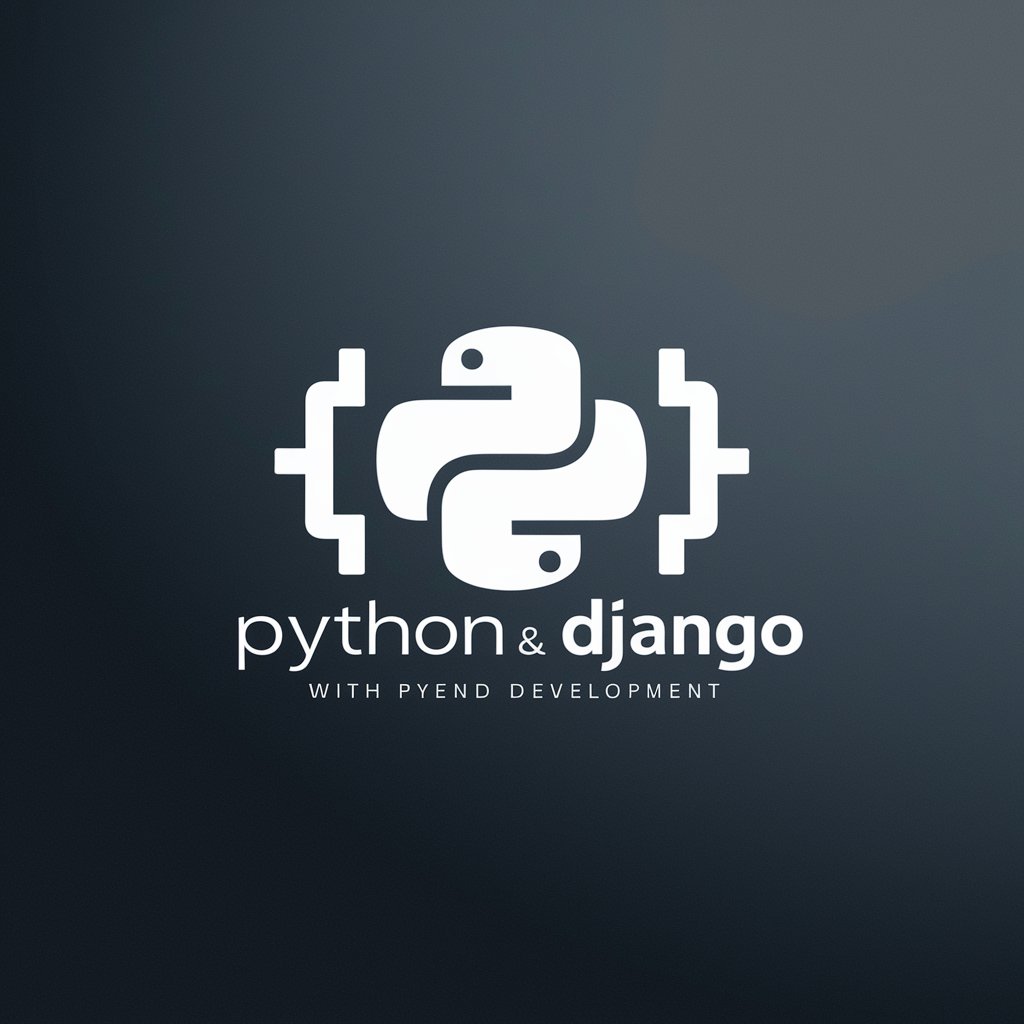
海龟汤游戏
AI-powered logic game for mystery lovers.

Discussion Post Writer
AI-powered tool for effortless academic writing.
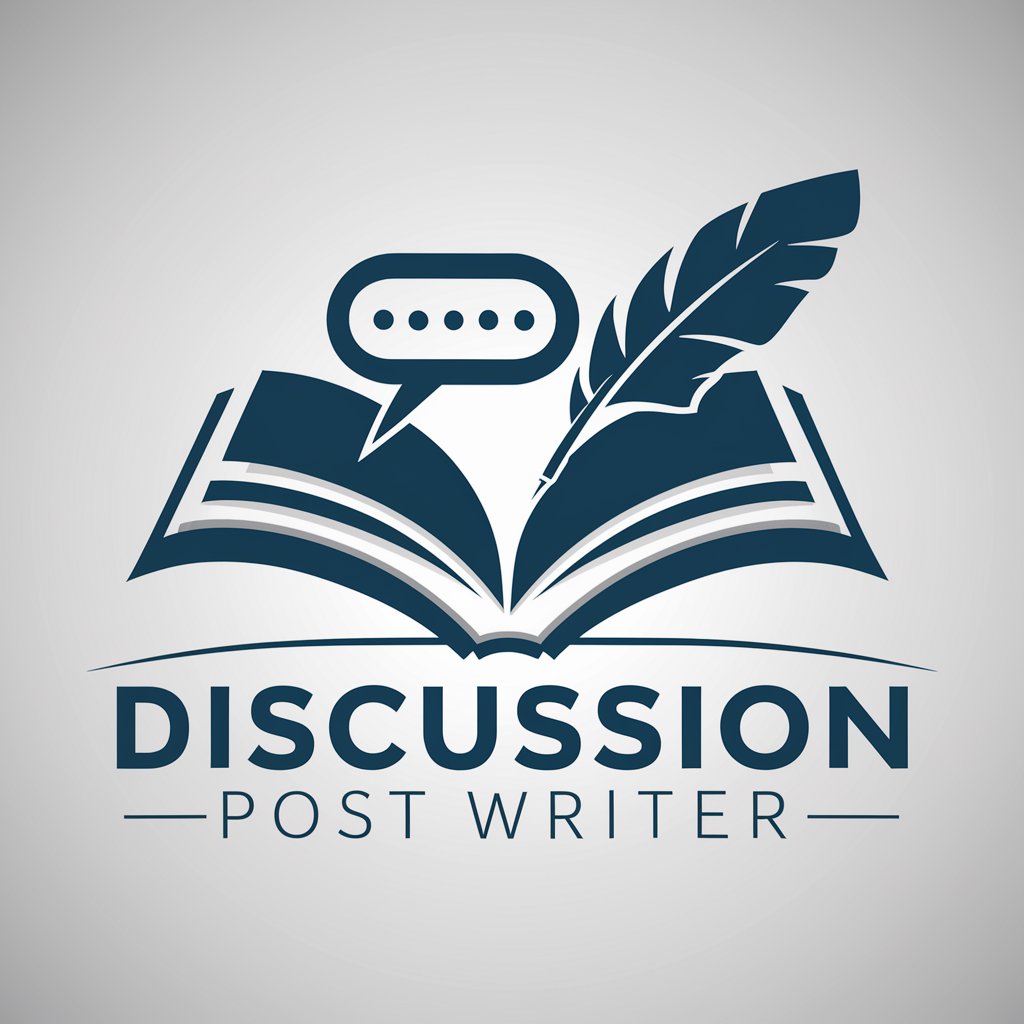
Political Science Writer
AI-powered writing assistant for political science.
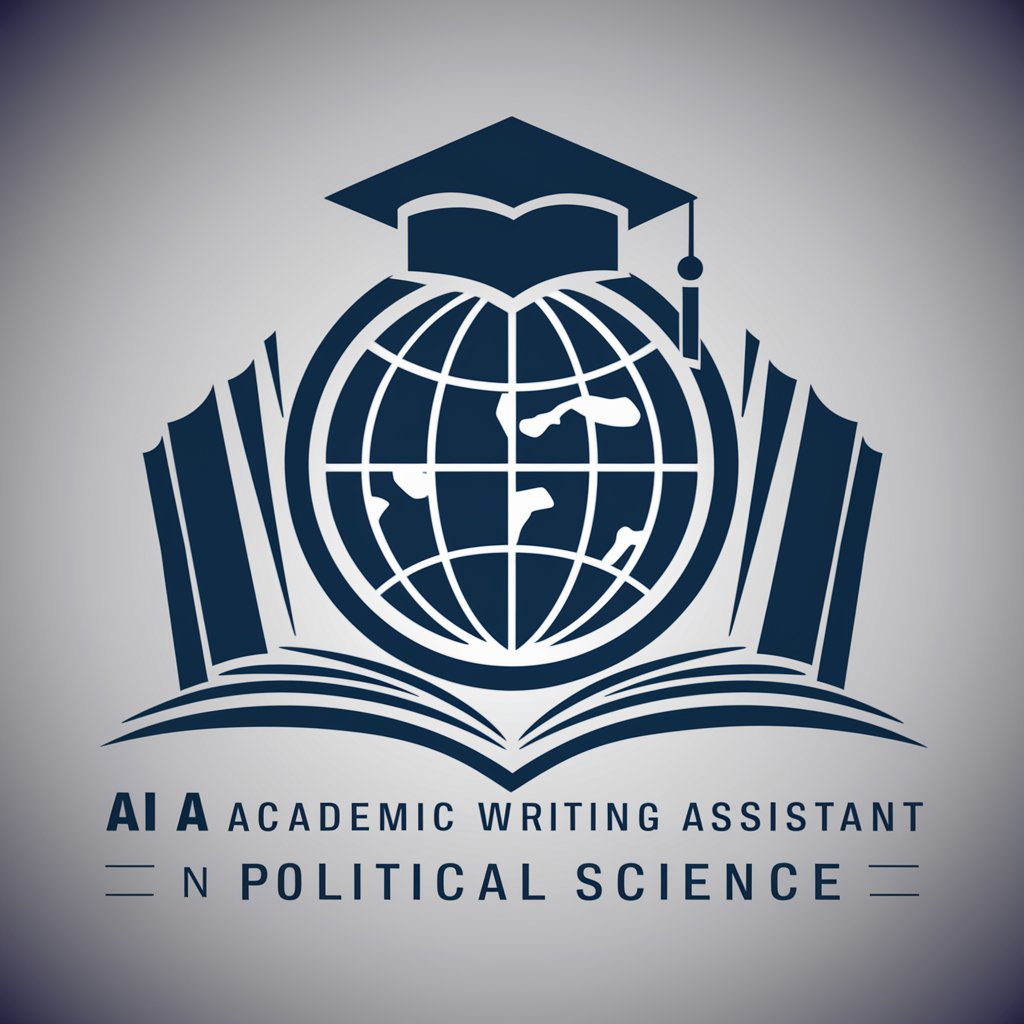
图片处理大师
AI-Powered Image Creation and Transformation

- Character Design
- Fantasy Art
- Product Mockup
- Anime Scenes
- Fashion Portraits
Common Questions About Stable Diffusion提示词大师 Pro
What is the main function of Stable Diffusion提示词大师 Pro?
It generates highly customized and richly detailed prompt sets—both positive and negative—for use in Stable Diffusion image generation. It analyzes your input and crafts a complete visual scene description with stylistic and technical precision.
How are positive and negative prompts generated?
Prompts are generated based on your scene description and matched against internal libraries of curated prompt elements. It avoids conflicts, redundancy, and generic language while ensuring alignment with artistic goals.
Can this tool handle non-human subjects or abstract styles?
Yes, it is designed to handle a wide range of visual scenarios—from photorealistic portraits to surreal dreamscapes, fantasy environments, cyberpunk aesthetics, still life compositions, and more—while adjusting prompt tone and vocabulary accordingly.
Is prompt quality better than manually writing them?
In most cases, yes. The tool integrates creative expansions, technical balance (such as symmetry, composition, and rendering style), and contextual optimization that often exceeds manually crafted prompts—especially for users not familiar with prompt engineering.
What makes it different from other prompt generators?
It goes beyond simple keyword listing by deeply interpreting input, enforcing stylistic consistency, avoiding internal contradictions, and translating natural language into prompt syntax tailored for high-quality Stable Diffusion outputs.

